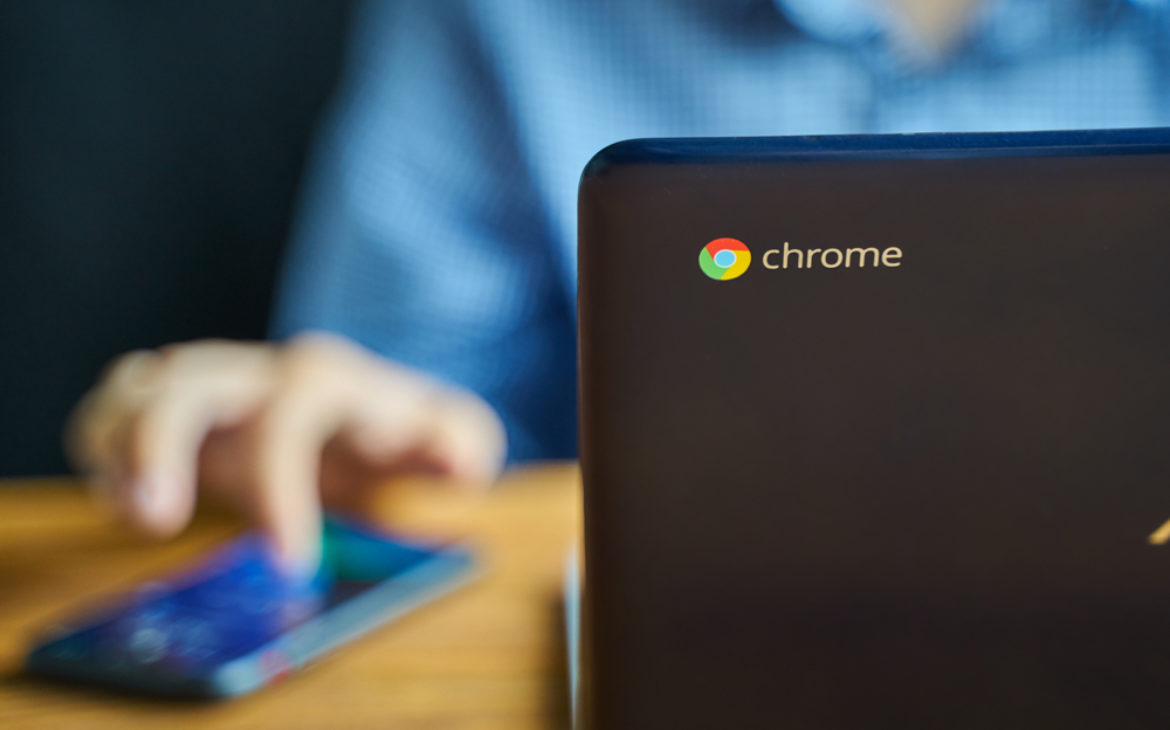If your Chromebook supports mobile connectivity, you may be able to start using it as a mobile hotspot. The impending change was discovered by 9to5Google in Chromium Gerrit, the web-based code review system used by Google’s developers to work on future updates.
It will be possible to enable the feature via chrome:/flags once it’s ready for testing. Developers describe it as a way for a Chromebook to “share its cellular internet connection to other devices through WiFi,” but there are few specifics available at this time. Following official rollout, you should be able to link your phone, tablet, or laptop to the mobile network of your Chromebook.
You can already purchase (albeit a very limited) selection of Chromebooks from Verizon, T-Mobile, and AT&T providing immediate access to a mobile network. Additionally, Google explains how to add a SIM card or add a Chromebook to an existing plan here.
From a Windows 10 or 11 device connected through ethernet, Wi-Fi, or a cellular network, you can already share your internet connection (if your device supports it). There are presently no MacBook models available with a cellular connectivity option, despite the fact that MacBooks also offer a function for sharing the internet.
Giving Chromebooks this capability makes sense given that the devices usually have long battery life or are already being used while plugged in, resulting in longer connectivity. The amount of power the hotspot feature will use up on Chromebooks is currently unknown, however, it probably varies from device to device. Building the hotspot directly into the laptop might mean having one less item to track while avoiding exhausting your phone’s battery merely to stay online – be it for corporate clients or just anyone who spends a lot of time away from Wi-Fi.
